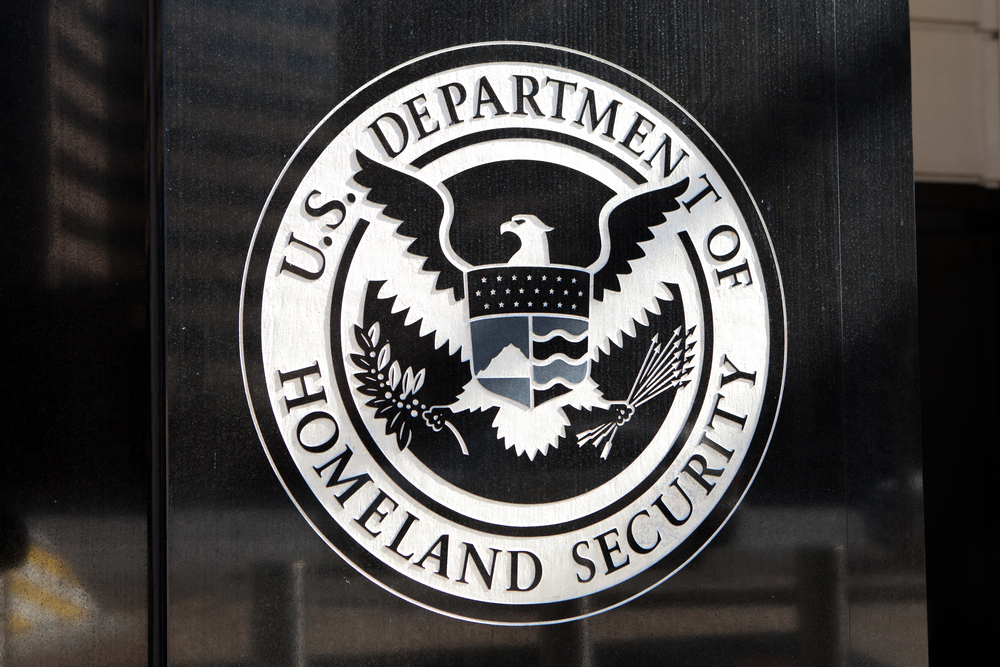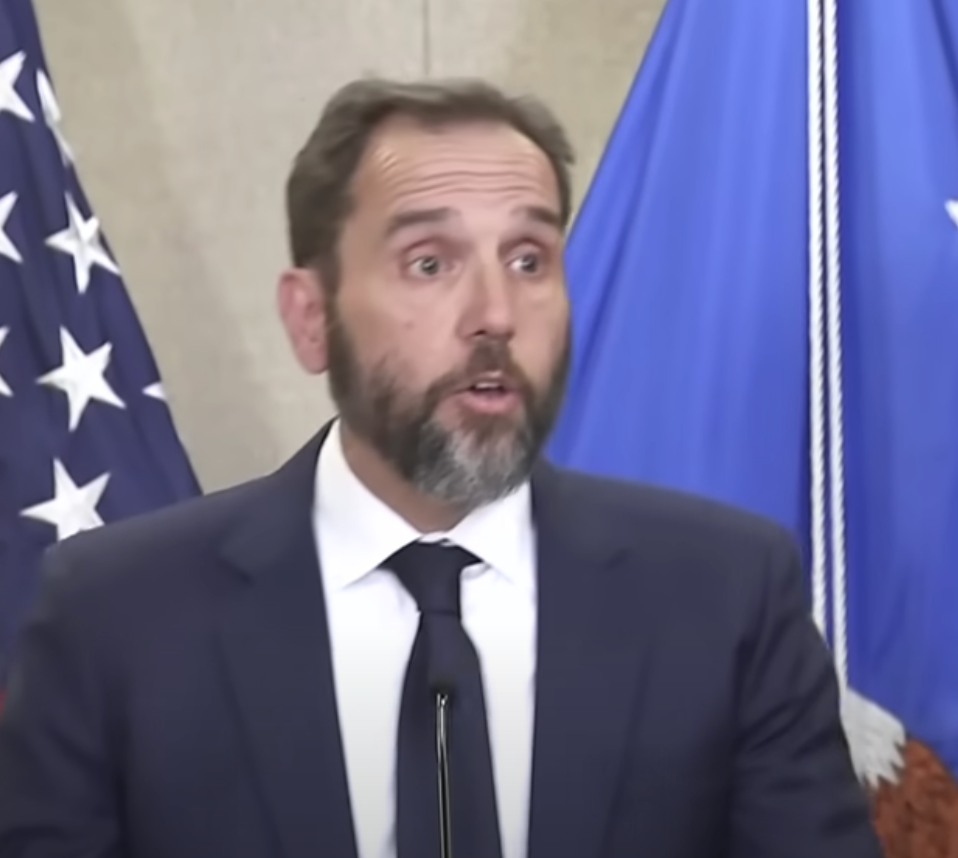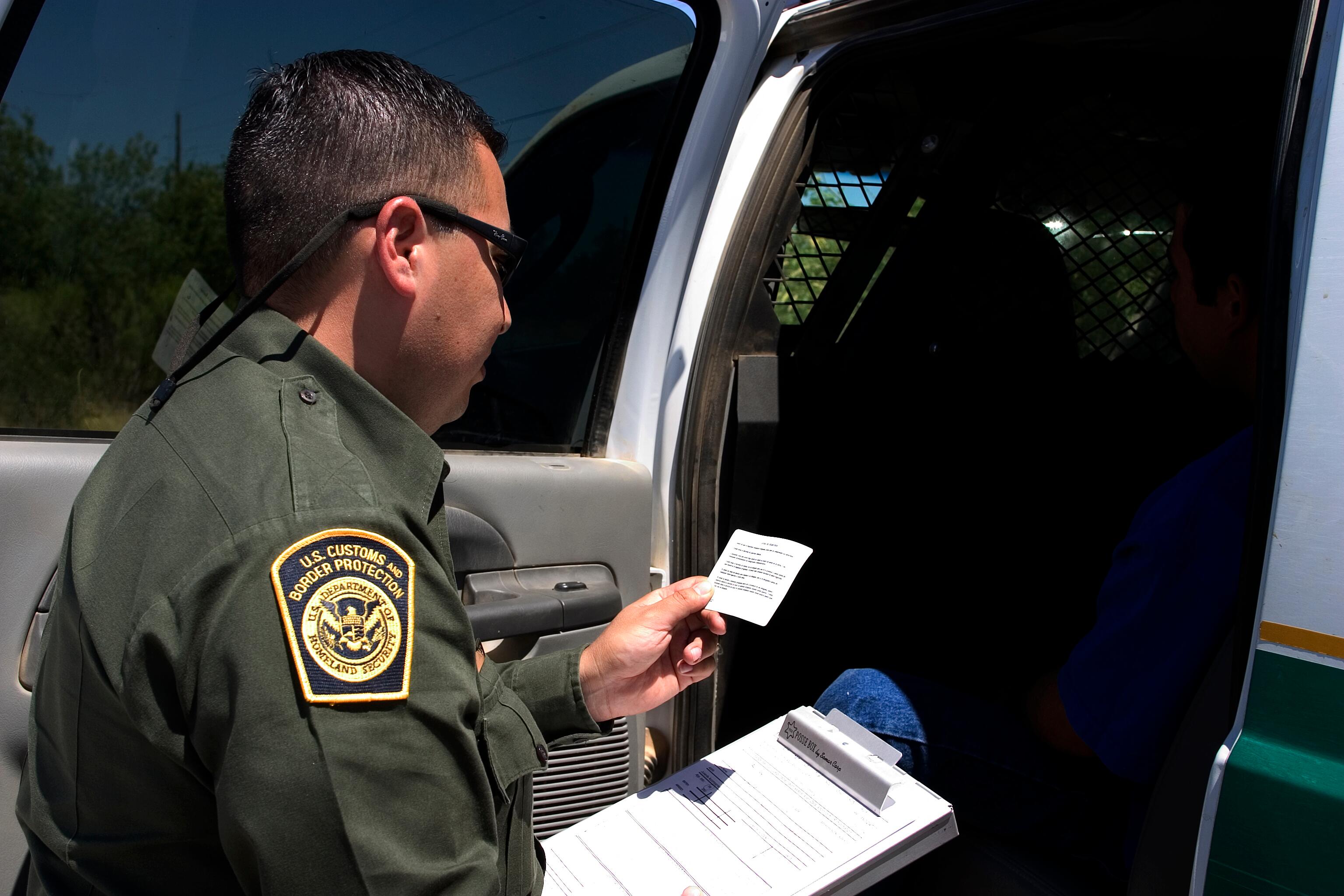By Steve Neavling
The Trump administration on Friday moved to fire more than 400 Department of Homeland Security employees, part of a broader effort to slash the federal workforce.
DHS officials said the dismissals targeted “non-mission critical personnel in probationary status” across multiple agencies, including the Cybersecurity and Infrastructure Security Agency (CISA), the Federal Emergency Management Agency (FEMA), and U.S. Citizenship and Immigration Services, CBS News reports.
Over the weekend, workers across DHS and other federal agencies received nearly identical termination notices.
“Unfortunately, the Agency finds that you are not fit for continued employment because your ability, knowledge and skills do not fit the Agency’s current needs, and your performance has not been adequate to justify further employment at the Agency,” read one letter sent to a DHS employee and obtained by CBS News.
Despite the generic wording, some of those fired had been among the department’s strongest performers, according to DHS supervisors who spoke on the condition of anonymity. Some had been actively recruited and left higher-paying jobs in the private sector to join the federal government.
DHS spokesperson Tricia McLaughlin defended the cuts as part of a broader effort to rein in what the administration sees as government waste.
“Under President Trump’s leadership, we are making sweeping cuts and reform across the federal government to eliminate egregious waste and incompetence that has been happening for decades at the expense of the American taxpayer,” McLaughlin said in a statement to CBS News.
She said the firings would save an estimated $50 million and help streamline DHS operations, adding that the department is “actively identifying other wasteful positions and offices that do not fulfill DHS’ mission.”
The cuts hit FEMA particularly hard, with more than 200 employees— including senior policy staff—losing their jobs. The move came days after DHS announced it was firing four FEMA workers who had approved reimbursements to New York City for housing migrants. Those employees had been accused of bypassing agency leadership, though the payments were part of a long-standing program covering costs tied to increased migration at the southern border.






